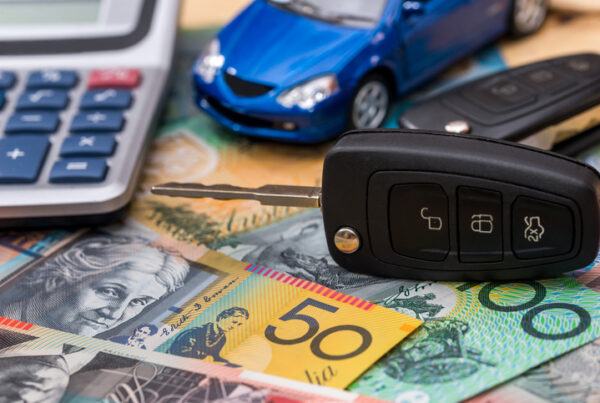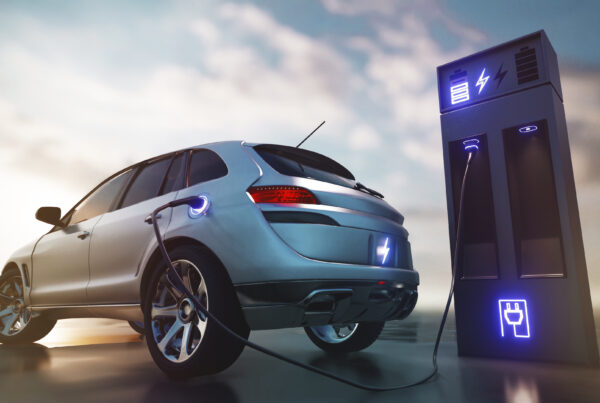A recent report offers reassuring news for potential electric vehicle (EV) buyers concerned about battery longevity and replacement costs. According this study, modern EV batteries are projected to last 20 years or more.
The research, conducted by telematics company Geotab, analysed data from nearly 5,000 EVs covering almost 1.5 million days. It revealed that average annual degradation rate of current EV batteries is 1.8 per cent. This is a significant improvement from the 2.3 per cent rate reported in 2019, reflecting advancements in battery technology over the past five years.
“Batteries in the latest EV models will comfortably outlast the usable life of the vehicle and will likely not need to be replaced. We still see battery reliability being used as a stick to beat EVs with. Hopefully, data like ours can finally put these myths to bed,” said David Savage, Geotab’s Vice President for the UK and Ireland.
Impact on Vehicle Performance
The study indicates that with a 1.8 per cent annual degradation rate, an EV battery would retain about 64% of its original capacity after 20 years. For example, a Tesla Model Y Long Range All-Wheel Drive, which originally offers a range of 320 miles, would still provide approximately 204.8 miles of range after two decades. This remaining range is sufficient for most urban and short-distance driving needs.
Moreover, high-mileage EVs do not show significantly higher rates of battery degradation compared to less-used vehicles. This finding indicates that fleet operators can derive better value from EVs when they are driven more frequently.
Factors Influencing Battery Degradation
Several factors contribute to battery longevity, including battery chemistry, thermal management, and temperature control. Vehicles with actively cooled battery packs typically exhibit lower degradation rates than those with passive air cooling systems.
For instance, the 2015 Tesla Model S, with an active liquid cooling system, shows a lower average degradation rate compared to the air-cooled 2015 Nissan Leaf.
To maximise battery life, it is recommended to maintain the battery’s state of charge between 20% and 80% and to avoid exposure to extreme temperatures.
Implications for Australia
As more people and businesses start using EVs, the findings from this study offer reassurance to Australians. With the local EV market on the rise, both potential buyers and fleet operators can feel more confident about the long-term durability of EV batteries.
Australia’s climate can be tough on vehicle batteries, potentially causing them to wear out faster. However, proper battery management and cooling systems can help mitigate this issue. By following best practices, like avoiding extreme temperatures and keeping the battery charge at optimal levels, Australian EV owners can extend their battery life.
Did you find this article interesting? Click the ‘heart’ button above to give it a ‘like’!



















